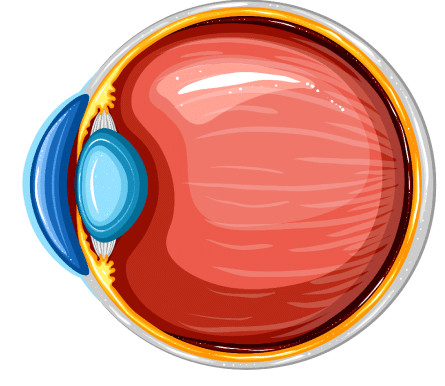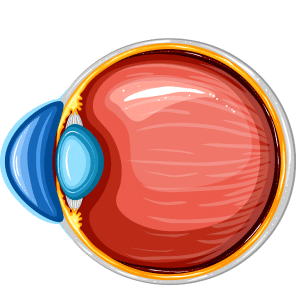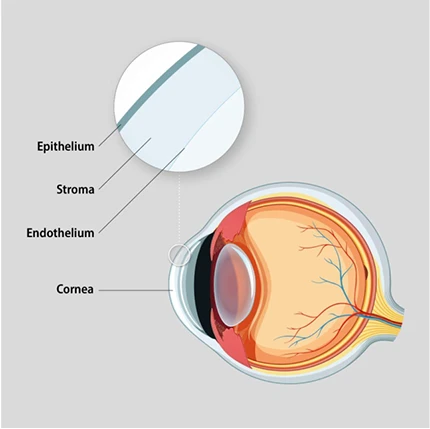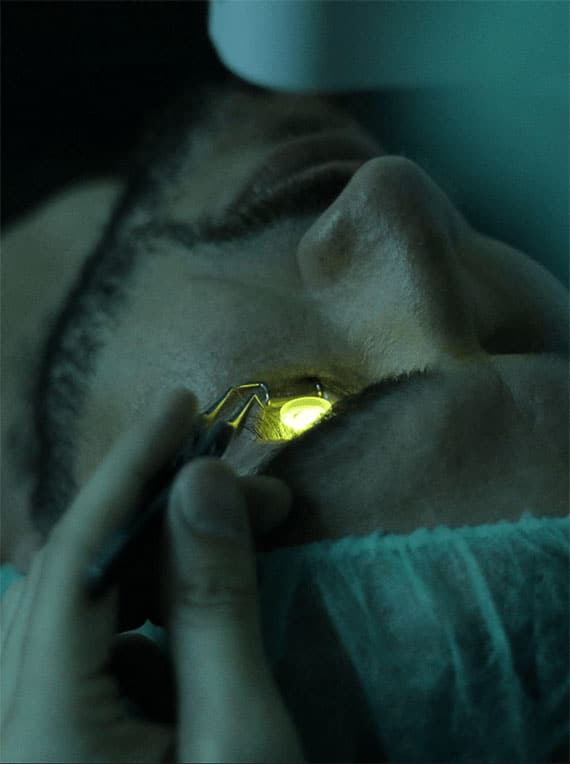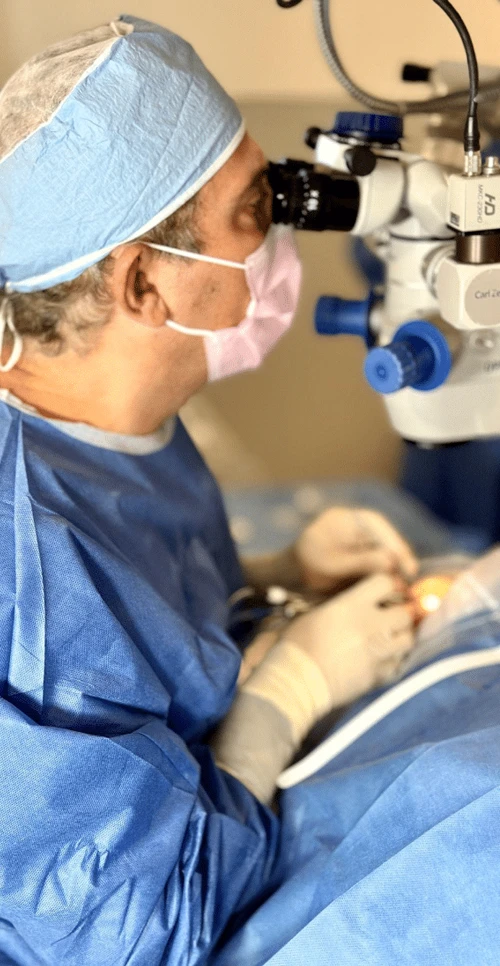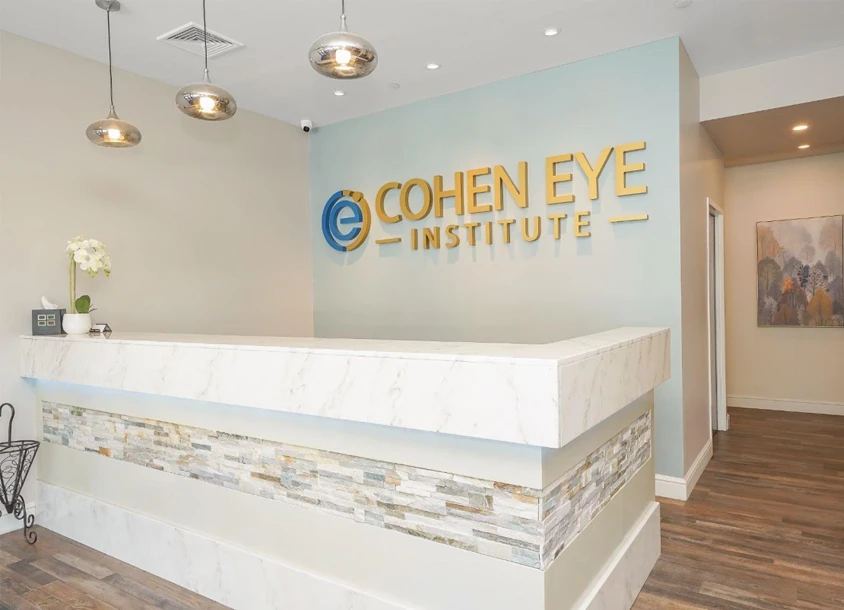What is Corneal Cross-Linking?
Corneal Cross-Linking (CXL) is a relatively new, non-invasive procedure that has been developed to treat corneal diseases like keratoconus. Keratoconus is a progressive eye condition that causes the cornea to become thin and distorted leading to vision loss.
